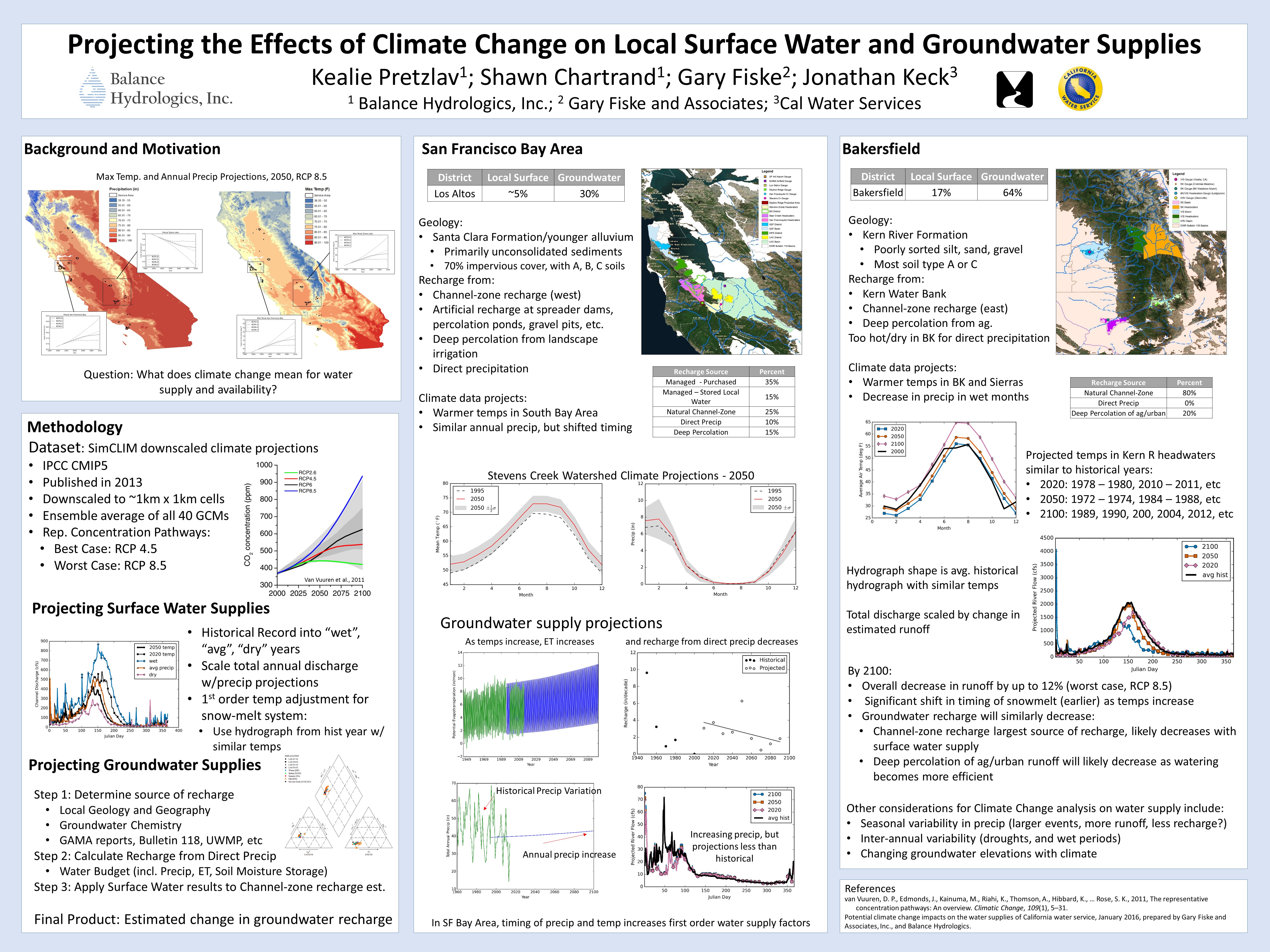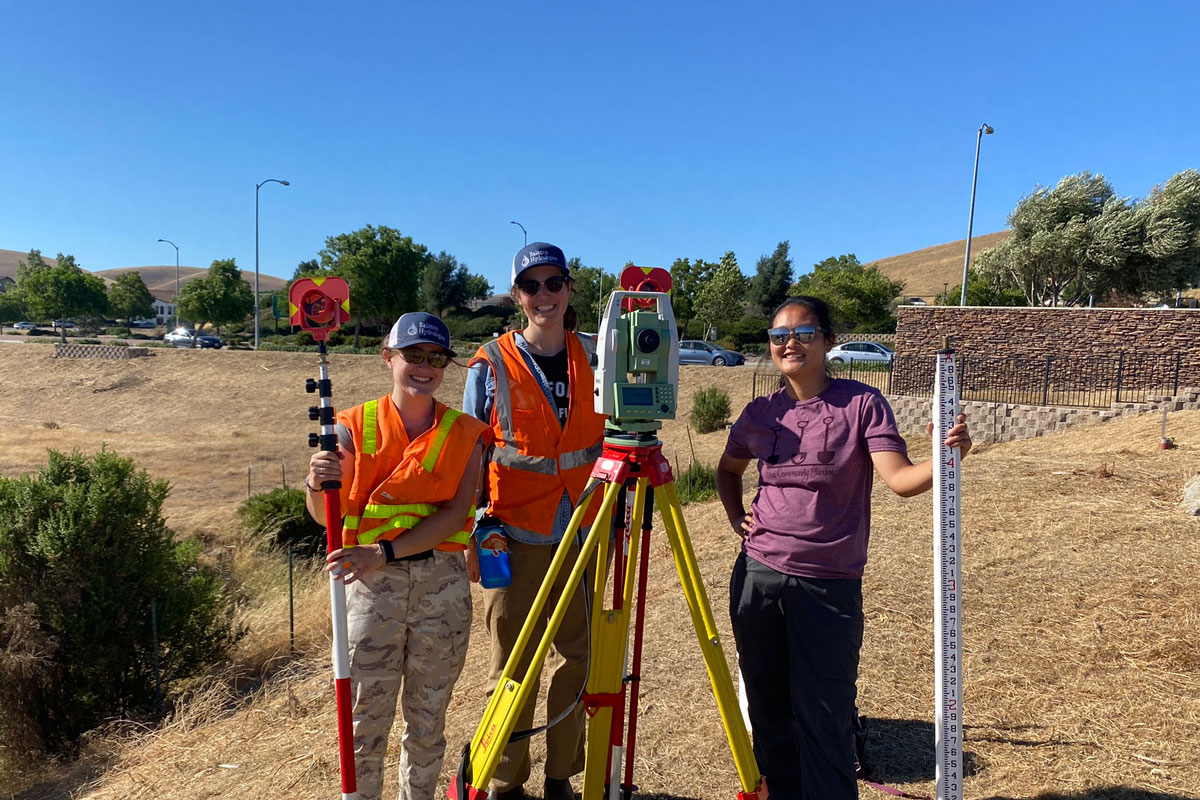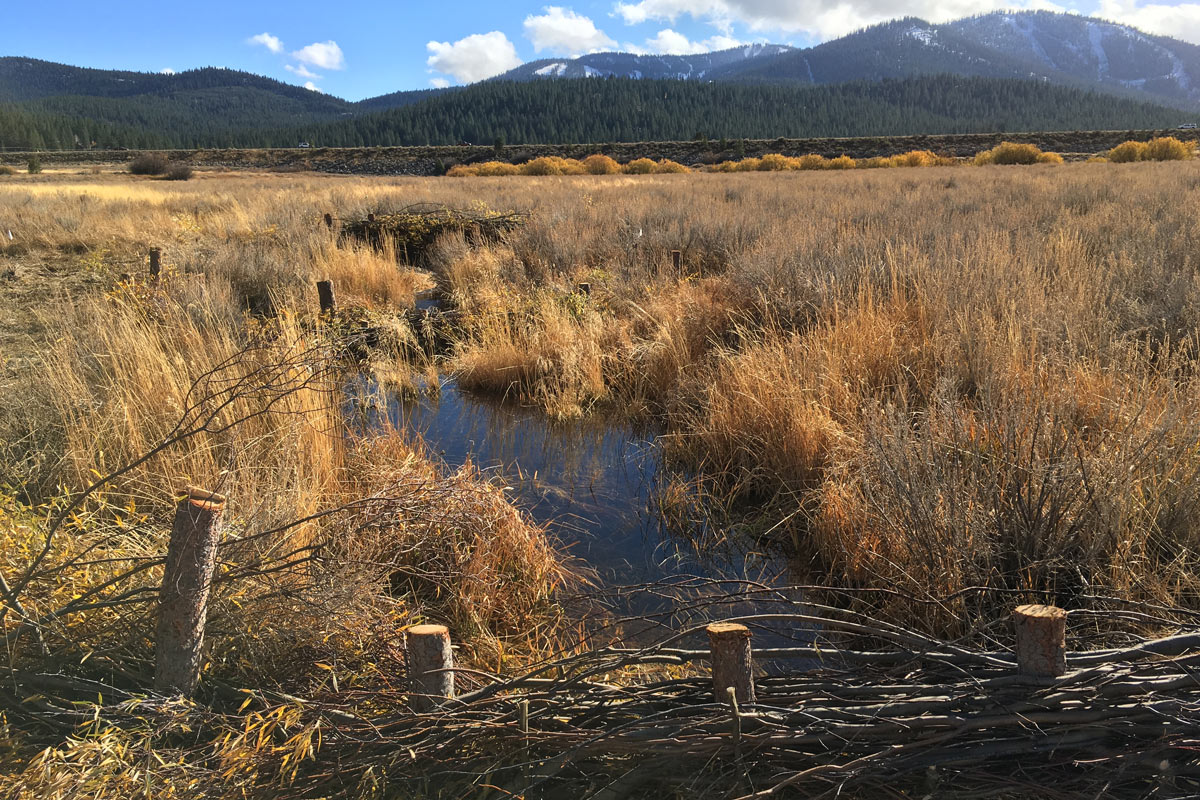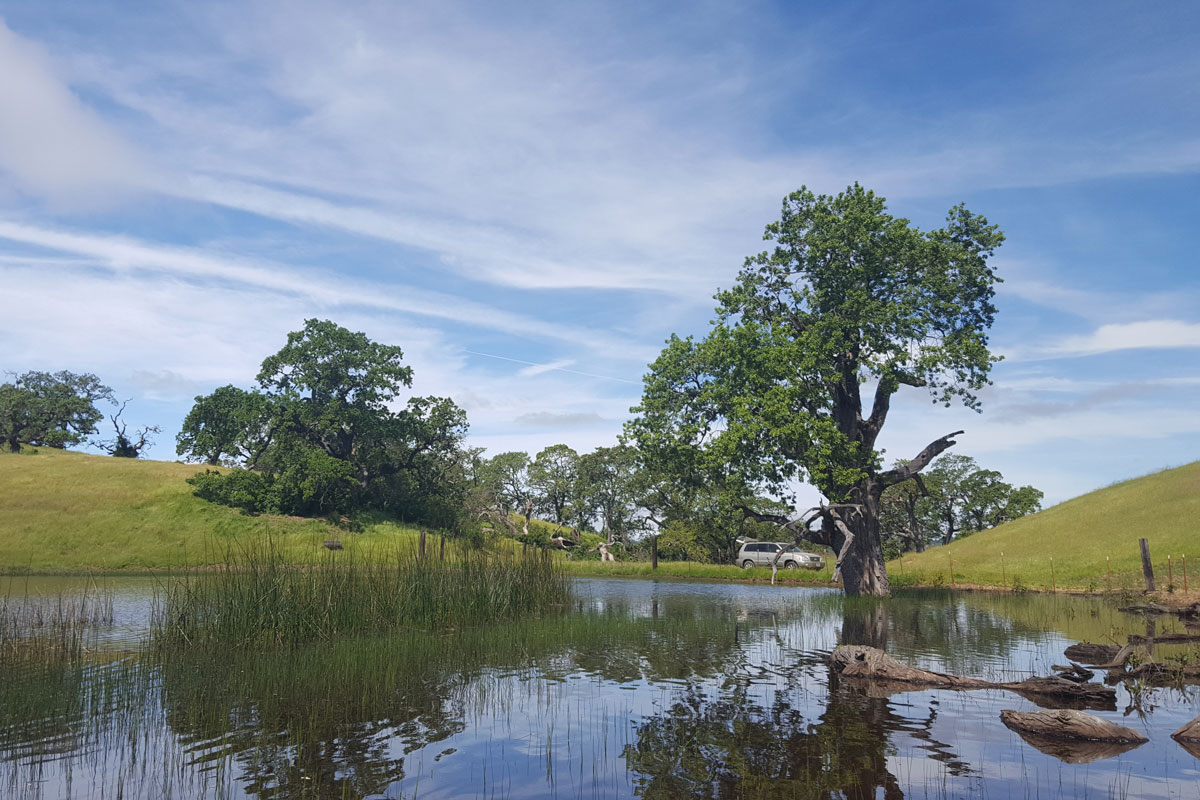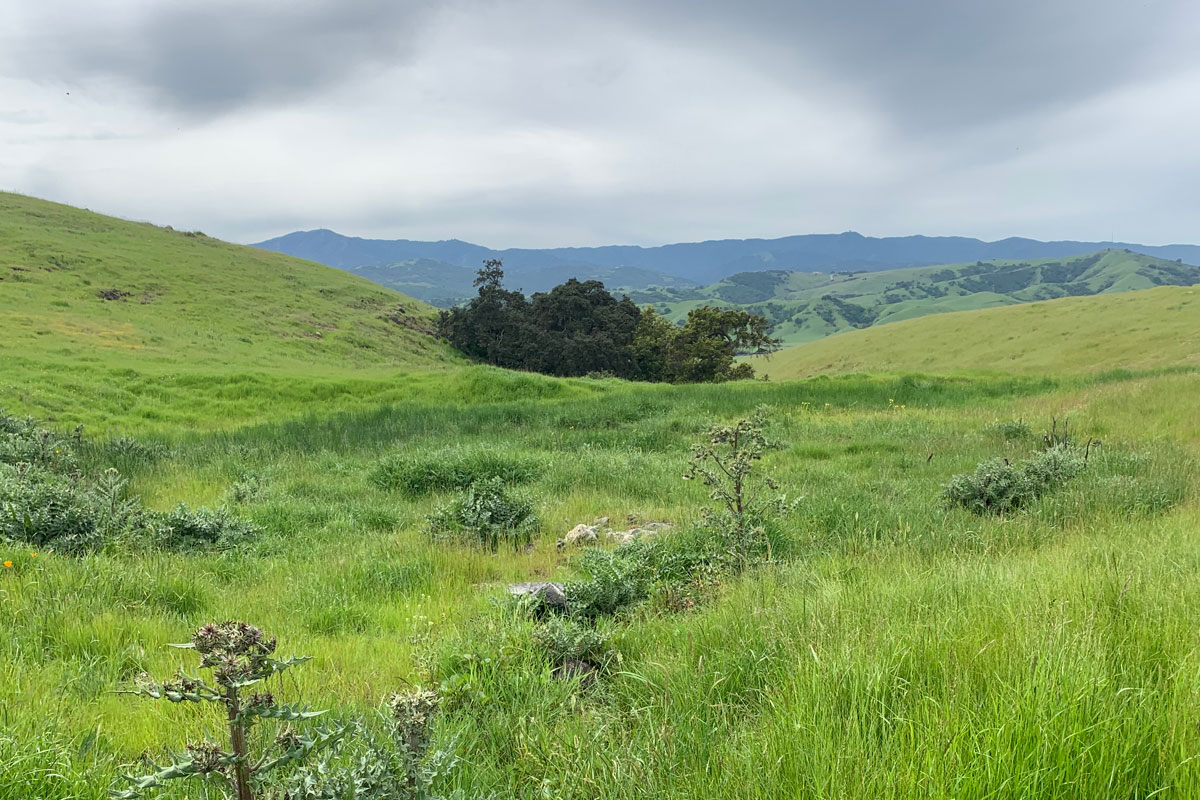In 2017 Dr. Kealie Pretlav presented this poster at the Climate Change Symposium, this approach for water resources planning has become an integral part of both Balance’s water resources and habitat restoration practice.
Projecting the Effects of Climate Change on Local Surface Water and Groundwater Supplies
Kealie Pretzlav1, Shawn Chartrand1, Gary Fiske2, Jonathan Keck3
1Balance Hydrologics, Berkeley, CA
2Gary Fiske and Associates, Portland, OR
3California Water Service, San Jose, CA
Climate change models published by the Intergovernmental Panel on Climate Change (IPCC) project general warming trends throughout the state of California, which has already begun to manifest with respect to the volume and spatial extent of snowpack in the Sierra Nevada Mountain Range. Projected changes in precipitation on the other hand are more regionally specific; general trends indicate that wet regions may become slightly wetter, and dry regions considerably drier. Experts agree that these projected changes in climate will affect water supply for human consumption – either as surface water or groundwater – but quantifying potential reductions in water supply is still relatively unexplored. We present an analysis of the effects of climate change on water supplies in two environments: 1) Bakersfield, a snowmelt-dominated water system where the Kern River delivers a significant amount of surface water to the groundwater system as it emerges from the mountain front, and 2) San Francisco Bay Area, where direct infiltration of precipitation recharges the aquifers and intermittently supplies surface water. We use an ensemble average of 40 of the CMIP5 global circulation models, published by the IPCC in 2013 and downscaled by SimCLIM, to quantify potential long-term trends in water supply of both groundwater and surface water sources. Results show a considerable decrease in natural supplies of both surface water and groundwater in the Bakersfield area. In the San Francisco Bay Area, we find a more complicated story; precipitation increases are expected to increase groundwater recharge, but moderate temperature increase will likely increase potential evapo-transpiration potentially reducing overall water supply.
